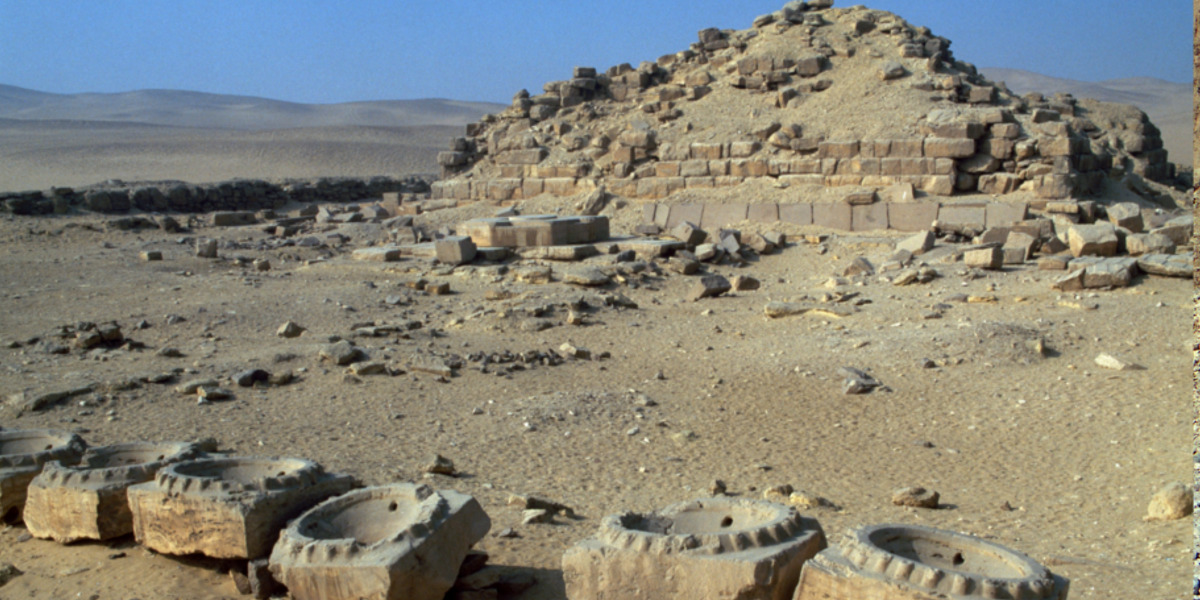The places of worship of the solar deity Ra played a decisive role in the history of civilization on the Nile. The remains of one of them were found at the site of Abu Gurab, 20 km south of Cairo. Research shows that the building was destroyed and a new place of worship was erected in its place.
In 1898, archaeologists working at the site discovered the temple of the sun to Nyserre, the sixth king of the 5th dynasty who ruled Egypt from 2400-2370 BC. The discovery of scientists from the Polish Academy of Sciences proves that it was built on another temple. sun.
The temple of the times of Nyserre was built of stone. The building, opened by the Poles, was built almost entirely of bricks. According to the head of the study, Dr. Massimiliano Nuzzolo of the Center for Mediterranean and Oriental Cultures of the Polish Academy of Sciences, the differences in the materials used suggest that the temple was not built by Pharaoh Nyserre.
Among the finds found in the remains of the temple, there are seals with inscriptions pointing to the predecessors of Nyserre. They were found on the fillings of the rings, columns and porticoes of the temple. At this site, dozens of ceramic jugs filled with mud were found, which were used for rituals.
The finds in the temple date back two generations before the reign of Nüserre. Most likely, the pharaoh demolished the previous temple and erected a new monument in its place.
– The temple was dedicated to the solar deity Ra. By building the temple, the pharaoh legitimized his rule as the only son of the sun god on Earth. Thus, indirectly, the temple served as the site of the deification of the king himself, study researcher Dr. Massimiliano Nuzzolo told CNN.
The researcher emphasized that historical sources suggest that there were six temples of the Sun, but so far only two of them have been discovered. It is possible that other temples were also built of bricks, which may have made their location difficult today.
In further work, the team hopes to find out which king was responsible for the construction of the temple. In turn, through the study of ceramics, scientists hope to learn more about daily life and beliefs while the temple is in operation.
The excavations are part of a joint mission between the University of Naples L’Orientale and the Polish Academy of Sciences.
“The solar temples were built over a relatively short period, about a century, during the reign of the 5th Dynasty (mid-3rd millennium BC, commonly referred to by scholars as the Old Kingdom) and played an important role in both the religious and economic spheres. aspects of life in Egypt at the time, however, these were suddenly abandoned by the end of the 5th Dynasty and were not replaced by other comparable structures for generations.
The most important aspect of the functioning of solar temples was that they were the first sanctuaries in the civilization of the pharaohs, which were intended exclusively for the cult of the sun god Ra. Throughout the history of Egypt, this god was recognized as the supreme deity of creation, and temples were erected in his honor throughout the country, ”we read in the description of the project“ Solar Temples ”of the National Science Center.

